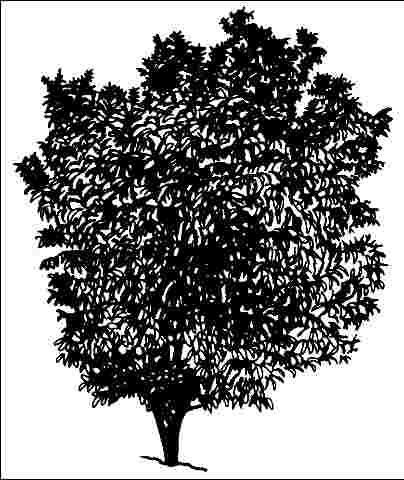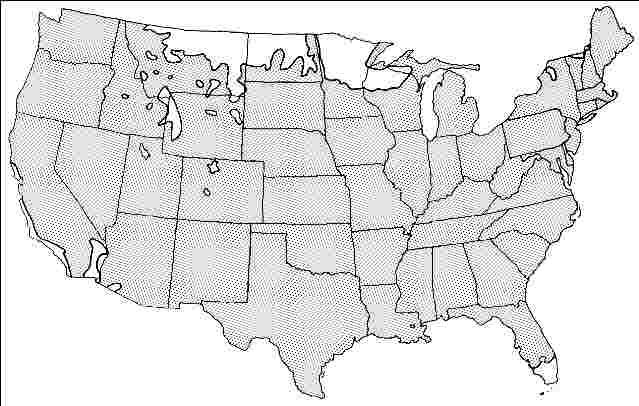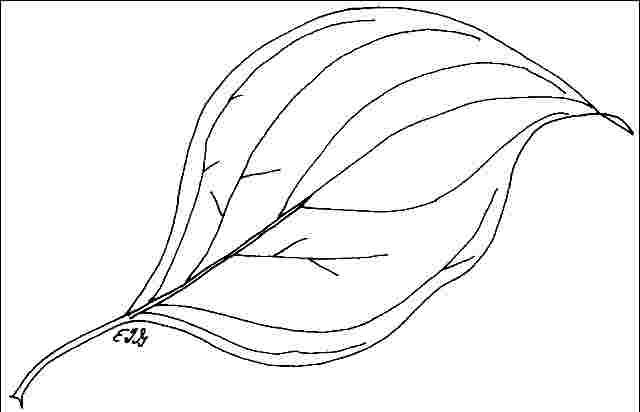Introduction
This small, spreading, deciduous tree has 1- to 5-inch-long, olive green leaves with paler undersides. During the summer months, roughleaf dogwood produces many off-white, four-petaled, open flowers, and these are followed by many small, round fruits which ripen from August to October. Roughleaf dogwood forms a dense thicket of intertwined branches, making it ideal for use as a hedge, border, or as a cover for wildlife. At least forty species of birds are known to feast upon the fruits.

General Information
Scientific name: Cornus drummondii
Pronunciation: KOR-nus drum-AWN-dee-eye
Common name(s): Roughleaf dogwood
Family: Cornaceae
USDA hardiness zones: 4A through 9B (Fig. 2)
Origin: native to North America
Invasive potential: little invasive potential
Uses: deck or patio; container or planter; specimen; tree lawn 4–6 feet wide; tree lawn > 6 ft wide; highway median
Availability: somewhat available, may have to go out of the region to find the tree

Description
Height: 15 to 25 feet
Spread: 10 to 15 feet
Crown uniformity: irregular
Crown shape: oval, upright/erect
Crown density: dense
Growth rate: fast
Texture: medium
Foliage
Leaf arrangement: opposite/subopposite (Fig. 3)
Leaf type: simple
Leaf margin: entire
Leaf shape: ovate, elliptic (oval)
Leaf venation: pinnate, bowed
Leaf type and persistence: deciduous
Leaf blade length: 2 to 4 inches, 4 to 8 inches
Leaf color: green
Fall color: purple
Fall characteristic: showy

Flower
Flower color: white/cream/gray
Flower characteristics: showy
Fruit
Fruit shape: round
Fruit length: less than .5 inch
Fruit covering: fleshy
Fruit color: white/gray
Fruit characteristics: attracts birds; showy; fruit/leaves not a litter problem
Trunk and Branches
Trunk/bark/branches: branches don't droop; not showy; typically multi-trunked; thorns
Pruning requirement: needed for strong structure
Breakage: resistant
Current year twig color: green, reddish
Current year twig thickness: medium
Wood specific gravity: unknown
Culture
Light requirement: full sun, partial sun, or partial shade
Soil tolerances: clay; sand; loam; alkaline; acidic; well-drained
Drought tolerance: high
Aerosol salt tolerance: low
Other
Roots: not a problem
Winter interest: no
Outstanding tree: no
Ozone sensitivity: unknown
Verticillium wilt susceptibility: resistant
Pest resistance: free of serious pests and diseases
Use and Management
Roughleaf dogwood should be grown in full sun on well-drained soils. A partially shaded spot at the edge of the woods is also a suitable location.